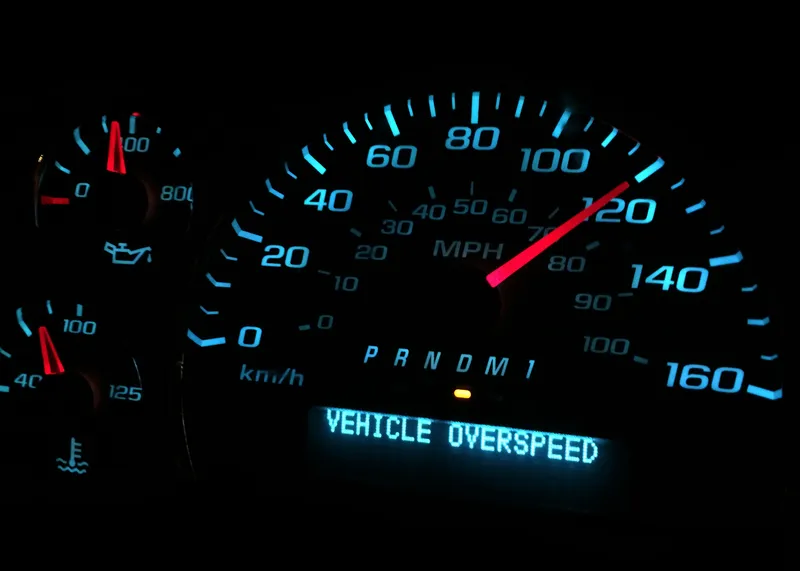
The US Department of Transportation (USDoT) has released what it says is its first-ever National Roadway Safety Strategy following the largest six-month increase recorded in the Fatality Analysis Reporting Systems history.
The figures prompted US transportation secretary Pete Buttigieg to say: “This is a crisis."
USDoT's National Highway Traffic Safety Administration's (NHTSA) Early Estimate of Motor Vehicle Traffic Fatalities for the First Half (January-June) of 2021 shows an estimated 20,160 people died in motor vehicle crashes in the first half of 2021, up 18.4% over 2020.
The agency says this is the largest number of projected fatalities in that time period since 2006.
Buttigieg continued: "More than 20,000 people died on US roads in the first six months of 2021, leaving countless loved ones behind."
"We cannot and should not accept these fatalities as simply a part of everyday life in America."
"Today we are announcing that we will produce the Department’s first ever National Roadway Safety Strategy to identify action steps for everyone working to save lives on the road. No one will accomplish this alone. It will take all levels of government, industries, advocates, engineers, and communities across the country working together toward the day when family members no longer have to say goodbye to loved ones because of a traffic crash.”
The new strategy will bring together work being done across the USDoT and will put forth a set of actions to reduce serious injuries and deaths on US roadways.
It will recognise that, while the department has an important role to play in addressing this crisis, it will take a coordinated effort across all levels of government, the private sector, and communities to reverse the current trend.
The USDoT says the strategy will identify significant actions it will take to help ensure 'Safer People, Safer Roads, Safer Vehicles, Safer Speeds, and Post-Crash Care'.
The strategy will focus on new priorities that target our most urgent problems and will be released in January.
Aside from the traffic fatality data, the NHTSA has also released behavioural research findings from March 2020 through June 2021, indicating that incidents of speeding and travelling without a seatbelt remain higher than during pre-pandemic times.
NHTSA deputy administrator Dr. Steven Cliff says: “The report is sobering. It’s also a reminder of what hundreds of millions of people can do every day, right now, to combat this: Slow down, wear seat belts, drive sober, and avoid distractions behind the wheel. All of us must work together to stop aggressive, dangerous driving and help prevent fatal crashes.”
Preliminary data from the USDoT's Federal Highway Administration (FHWA) show that vehicle miles travelled in the first half of 2021 increased by about 173.1 billion miles, or about 13%. The fatality rate for the first half of 2021 increased to 1.34 fatalities per 100 million vehicle miles travelled (VMT), up from the projected rate of 1.28 fatalities per 100 million VMT in the first half of 2020.
Acting FHWA administrator Stephanie Pollack says: “Safer roads and safer speeds are key parts of addressing this crisis of fatalities and serious injuries on our roadways. FHWA is committed to a Safe System Approach and to working closely with local and state transportation agencies to make every road that is designed or built with federal funds safe for everyone who uses it.”








